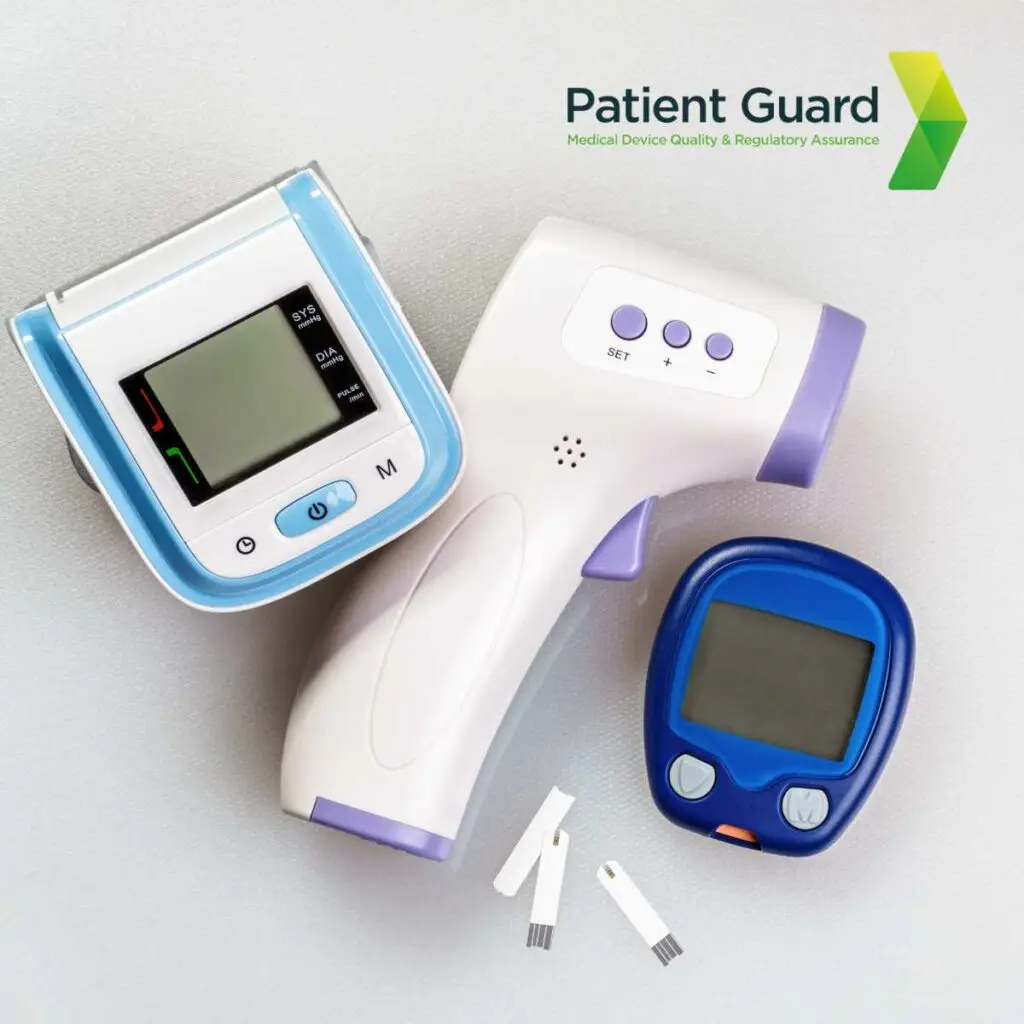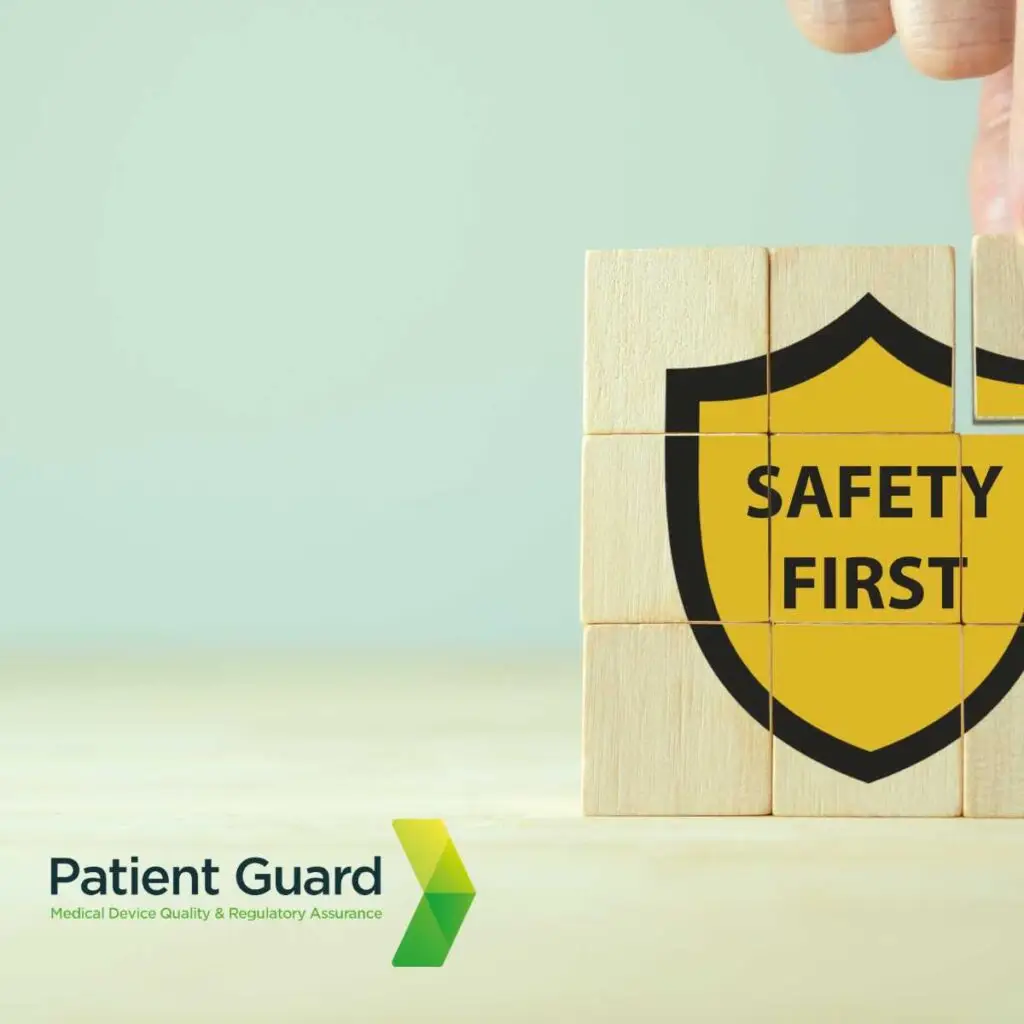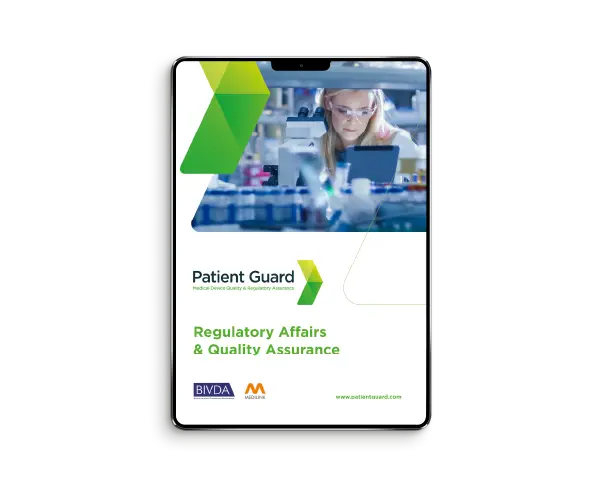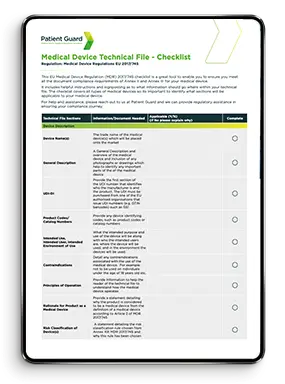What are the GSPRs?
The European Union Medical Device Regulation (EU MDR) is a cornerstone of medical device compliance within the EU. Among its key requirements are the General Safety and Performance Requirements (GSPRs), which form the foundation for ensuring that devices are safe and effective. For manufacturers navigating the regulatory landscape, understanding the GSPRs is critical. In this blog, we break down the essentials of GSPRs, making it easy for you to comprehend and implement them.
The GSPRs are outlined in Annex I of the EU MDR (Regulation (EU) 2017/745). These requirements replace the Essential Requirements (ERs) of the previous Medical Device Directive (MDD). The GSPRs establish the safety, performance, and risk management principles that all medical devices must meet before being placed on the EU market.
The GSPRs cover three primary areas:
General Requirements – Focused on safety, performance, and risk management.
Design and Manufacturing Requirements – Related to the technical aspects of the device.
Information Supplied with the Device – Pertaining to labels, instructions for use, and other documentation.

Key Features of the GSPRs
1. Safety and Performance
Every medical device must achieve its intended purpose while ensuring that risks are minimized. The GSPRs emphasize the importance of risk-benefit analysis and require manufacturers to demonstrate compliance with robust evidence.
2. Risk Management
Manufacturers must implement a risk management system, typically aligned with ISO 14971. This involves identifying hazards, estimating and evaluating risks, controlling risks, and monitoring residual risks throughout the product lifecycle.
3. Biological Safety
Devices that come into contact with the human body must ensure biocompatibility. This includes avoiding toxic, harmful, or sensitizing substances unless justified and mitigated.
4. Chemical and Physical Properties
GSPRs highlight the need for devices to be free from unacceptable levels of contaminants and residues. For example, phthalates and carcinogenic substances must be minimized, and their use must be justified if present.
5. Sterility and Microbial Safety
For sterile devices, manufacturers must validate their sterilization processes and ensure sterility is maintained throughout the device’s shelf life.
6. Information for Users
Labels, packaging, and instructions for use must be clear, understandable, and designed with the intended user in mind. Multilingual documentation is often required to meet the diverse needs of the EU market.
Demonstrate Compliance with GSPRs
Conduct a Gap Analysis
Compare your device’s current compliance with the GSPRs. Assess the GSPRs to see if they are relevant to your medical device’s design and intended use. Create a checklist to show if the GPSRs are applicable or non-applicable to your medical device. Remember to include a justification if they are not applicable.
Why GSPRs Matter for Medical Device Manufacturers
The General Safety and Performance Requirements (GSPRs) are not just regulatory obligations; they are essential for safeguarding public health and maintaining the integrity of the medical device industry.
Consequences of Non-Compliance
Failure to meet GSPR requirements can lead to severe repercussions, including:
Market Withdrawal: Devices that fail to meet the GSPRs may be recalled or prohibited from being sold in the EU.
Financial Penalties: Manufacturers can face significant fines, impacting their profitability and market standing.
Reputational Damage: Non-compliance erodes trust among healthcare professionals, patients, and regulatory authorities, making it harder to establish credibility in the market.
Benefits of Compliance
Conversely, adhering to the GSPRs offers numerous advantages:
Market Access: Compliance is a prerequisite for obtaining the CE marking, which allows devices to be marketed across the EU.
Enhanced Patient Safety: Meeting these rigorous standards ensures that devices are both safe and effective, reducing the risk of adverse events.
Competitive Advantage: A compliant device demonstrates a manufacturer’s commitment to quality, which can differentiate it in a crowded market.
Innovation Opportunity: By aligning with GSPRs, manufacturers are encouraged to adopt advanced technologies and improve their design and manufacturing processes.
Role in Building Trust
Healthcare professionals and patients rely on the assurance that medical devices meet the highest standards of safety and performance. GSPR compliance not only fulfills legal requirements but also builds a foundation of trust, fostering long-term relationships with stakeholders and promoting brand loyalty.
By proactively addressing the GSPRs, manufacturers can turn regulatory challenges into strategic opportunities, ensuring both compliance and business success.
How Patient Guard Can Help
At Patient Guard, we specialize in helping medical device manufacturers navigate the complexities of the EU MDR, including GSPR compliance. Our team provides tailored support, from gap analyses and technical documentation development to Notified Body liaison. Whether you are new to the EU market or updating your device for MDR compliance, we are here to guide you every step of the way.
FAQs
The General Safety and Performance Requirements (GSPRs) are a set of essential requirements outlined in Annex I of the EU MDR. They ensure that medical devices are safe, perform as intended, and meet specific regulatory standards before entering the EU market.
The GSPRs under EU MDR expand on the Essential Requirements of the MDD, with more detailed safety, performance, and risk management criteria. They also introduce stricter documentation and evidence requirements.
Yes, all medical devices marketed in the EU must meet the GSPRs. The specific requirements may vary based on the device’s classification and intended use.
Notified Bodies assess whether a medical device complies with the GSPRs during the conformity assessment process. They review technical documentation, conduct audits, and, if satisfied, issue CE marking certification.
Summary
Understanding and implementing the GSPRs is essential for any manufacturer aiming to place medical devices on the EU market. With a structured approach and expert guidance, compliance becomes achievable. If you need support with your EU MDR journey, contact Patient Guard today and let us help you achieve regulatory success.
Resources
- Medical Device Design and Development
- ISO 14971 and the Risk Management of Medical Devices
- CE Marking Medical Devices
- Software as a Medical Device (SaMD)
- Is My Product a Medical Device?
- IEC 62366-1 Usability Engineering and its use in Medical Device Design and Development
- How to Structure a Medical Device Technical File
- ISO 14971 Risk Management Templates




